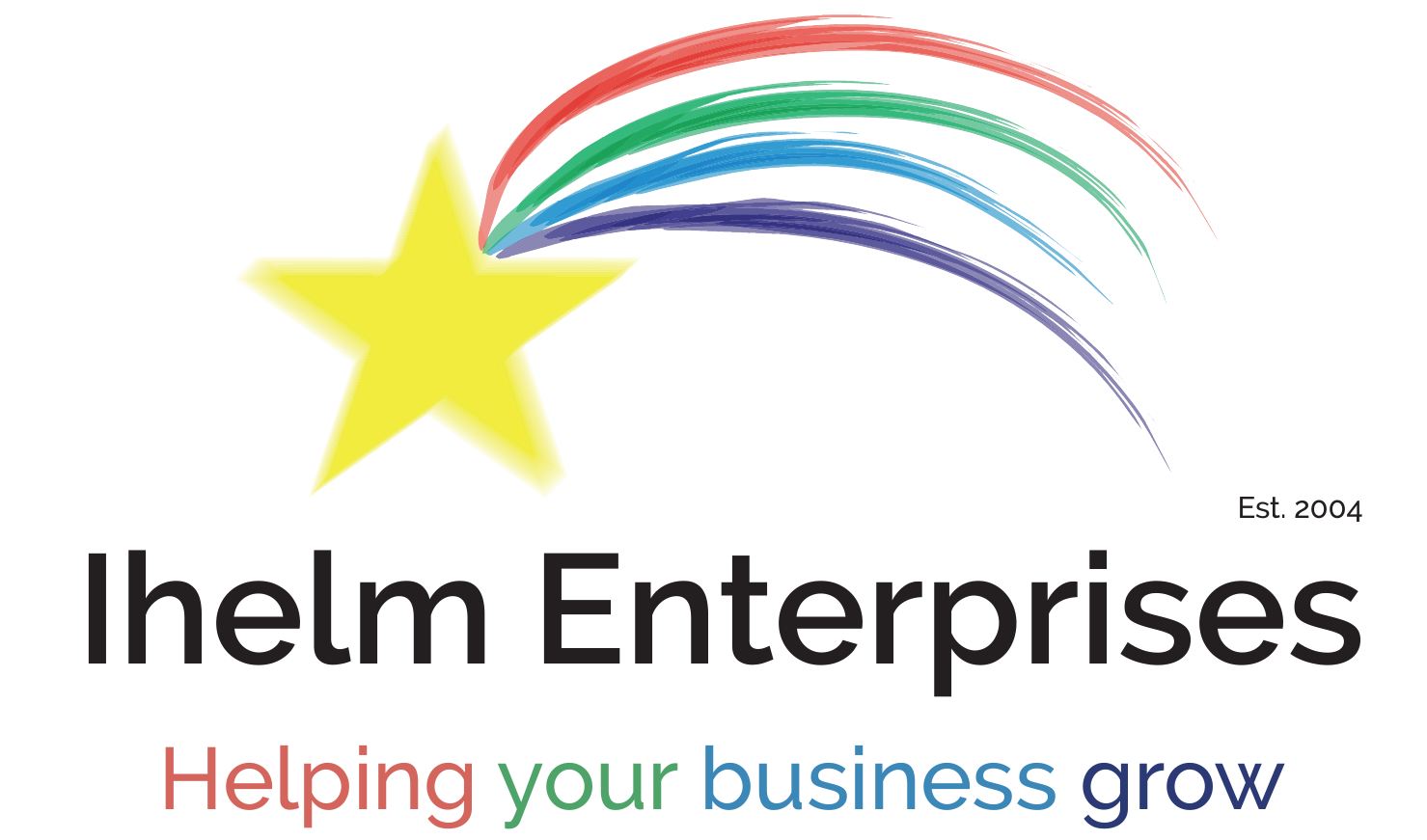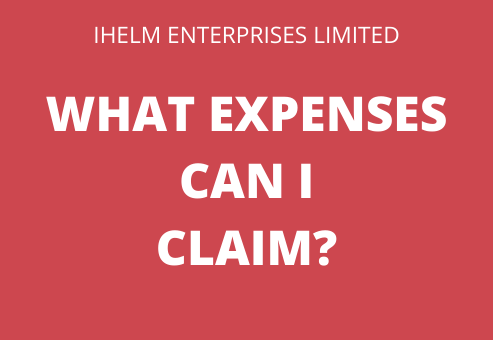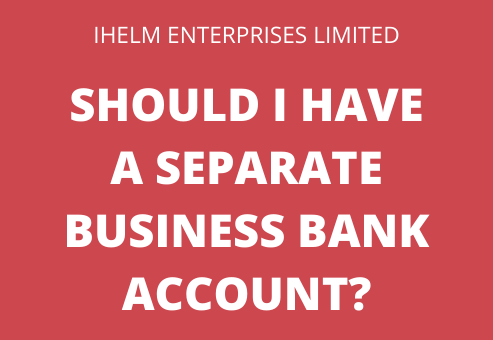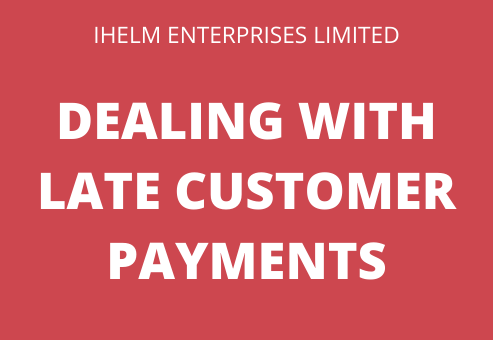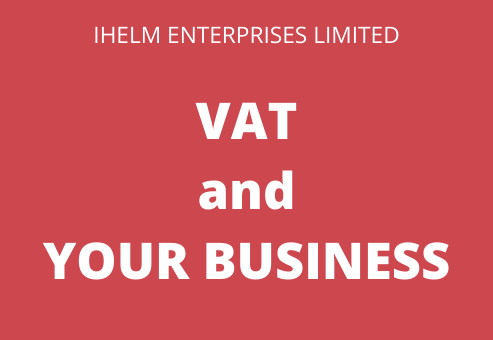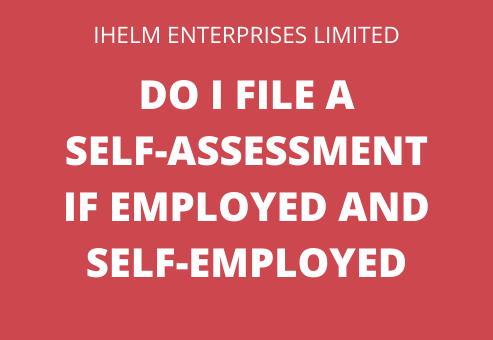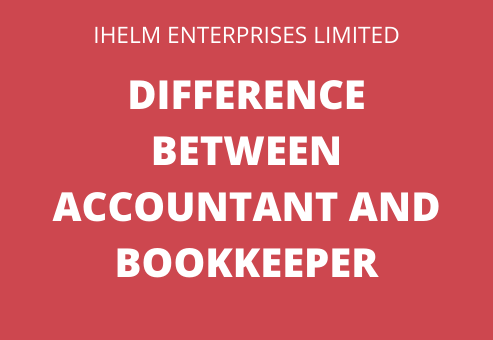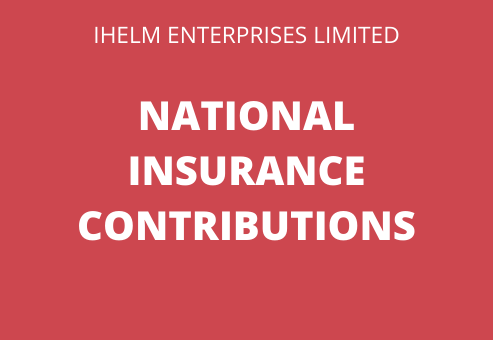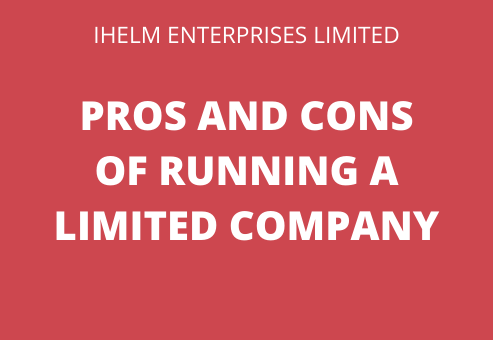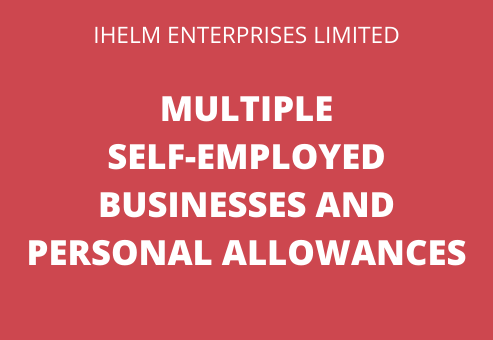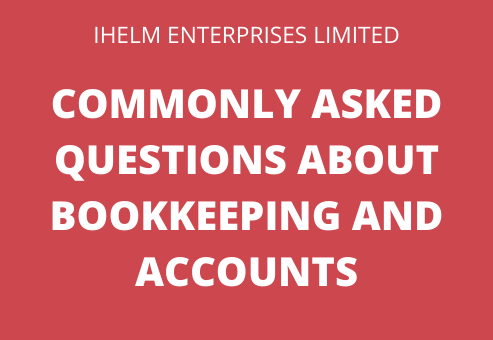During the March 2022 Facebook Live, I talked about what expenses businesses can claim on their accounts and tax return.
Every business, whether they are self-employed, a partnership or a limited company, will have expenses – some of these might be related directly to sales so stock you’ve purchased for resale or perhaps a template for a client’s website if you are a website designer – and some of these will be regular overheads for running the business – stationery, advertising, software, utilities, payroll expenses, insurance etc. Some of the expenses that businesses encounter are legitimately able to be entered into the accounts, but when it comes time to file the self-assessment or corporation tax return, they aren’t allowed for tax purposes (like depreciation, entertainment of clients, charity donations). There are also expenses that require special treatment before you even enter them into the accounts. I won’t be covering every type of expense as there are quite a lot, but I will touch on some of the most common ones.
Before you enter an expense into your accounts, the first thing you need to think about is whether it is “wholly and exclusively” for business use. If it isn’t, you may not be able to claim it in the accounts, or you may only be able to claim a portion of it.
There are other transactions that aren’t as straightforward to deal with.
HMRC have very strict rules regarding what you are allowed to claim when it comes to clothing, and this is where the “wholly and exclusively” rule comes in. A business can claim for uniforms, protective clothing needed for work and actors, or entertainers can claim for costumes. However, if the clothes could be worn outside of work or they don’t have your logo on them – you cannot claim for them in your accounts or on your tax return. For example, if you worked in a bank and you needed to wear a suit – you could not claim on your accounts or tax return for a suit you bought from M&S as that suit could be worn outside of work. If you were a delivery driver for Domino’s and you had to buy a jacket or t-shirt in the business colours with their logo on it – you could claim it on your business accounts and tax return.
One of the expenses that can cause a lot of issues for businesses is utilities. A lot of self-employed businesses, and small limited companies, are run from home which means they are using electricity, gas, water etc. HMRC do allow businesses to claim for a portion of these costs – you can either work out a percentage of use for each item or use one of the simplified expenses methods. For self-employed businesses, the easiest way to do this is by using the simplified expenses method that HMRC has developed. This is based on the number of hours you work from home each week and you are then able to claim a set amount for each month. It is only able to be used by those who work more than 25 hours per month from home. This set amount only covers things like gas, electricity, mortgage, and council tax. If you work from home for less than 25 hours per month, you will need to calculate the proportion of business use for your home. For a limited company, the amount you can claim for “Use of Home” is currently £6.00/week.
The two methods mentioned above don’t include claiming for the phone or internet – HMRC has very strict rules about what you are allowed to claim for these expenses when you work from home. The only way to ensure that you can claim for telephone and internet use 100% is to have a separate phone line, mobile phone, and internet connection for the business If you can’t do this, you will need to calculate out a reasonable percentage of business use that can be claimed – for the phones you cannot claim for the rental of the line, just for the business-related calls.
Another type of expense where there is a lot of confusion is related to travel. You are not able to claim mileage for travelling to your business premises, or your regular place of work, from home. You are only able to claim for travel to meetings, events, to deliver goods and other situations. If your journey includes personal reasons, you can only claim for the mileage related to the business portion. If the car is in your name, and not the business, it can be difficult to accurately calculate the business portion of all car/van related expenses, so using the flat rate per mile that HMRC set, is the easiest way to claim for these expenses. HMRC allow you to claim a flat rate per mile which covers the costs of fuel, repairs, insurance etc. The current rate as of 01/03/2022 is 45p per mile for cars and goods vehicles. You do need to ensure that you keep proper records that show the starting and ending mileage and location, date, and the reason for your journey. You can check the rates that can be claimed here.
If you travel somewhere for work on a plane, train or using public transport and part of the reason for the journey is for personal reasons, you can only claim for the part of the journey that relates directly to the business. Again, this is where the “wholly and exclusively” rule comes in. It’s also important to note that you cannot claim for travel between your home and your main place of work.
This is only a brief overview of what expenses a business can claim on their accounts and tax returns. The majority of expenses a business incurs are going to be allowed to be claimed without any issues on both the accounts and tax returns, other items can only be claimed on the accounts but must be removed, or added back, when it comes to the tax returns, and some items are simply not allowed to be claimed at all.
If you would like further information on what expenses are allowable for a business to claim, feel free to e-mail me.
